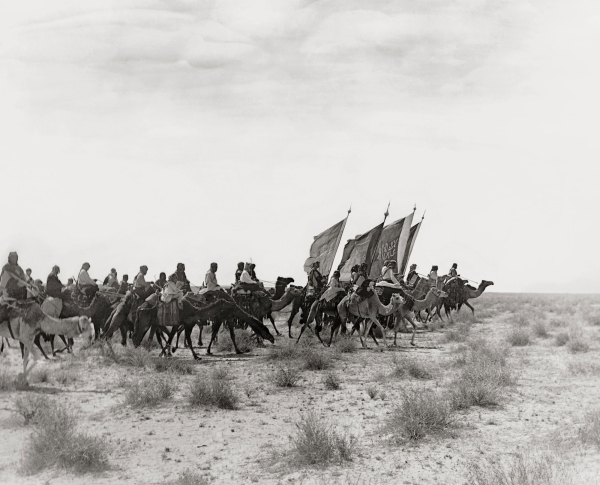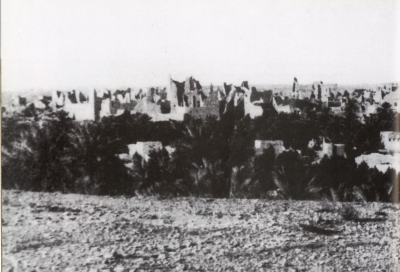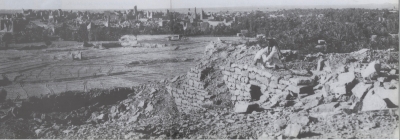

Carrying al-Bayraq (banner) was a well-established tradition in the Saudi states, from the First and Second Saudi States to the Kingdom of Saudi Arabia. It was entrusted to distinguished men in the state. Among those who carried it were:
- Ibrahim Bin Tuq from al-Tuq family, Al-Mu’amera, residents of Diriyah. He was the first to carry the banner in the First Saudi State. Imam Abdulaziz Bin Mohammad Bin Saud, the second ruler of the First Saudi State, and his son, Imam Saud, would designate a specific watering place and day for gathering, where the banner bearer would raise the banner.
- Abdullah Abu Nahia, the second to carry the banner in the First Saudi State. He played a role in defending Diriyah during its siege in 1818. He belonged to Abu Nahia tribe of Diriyah and died during the siege.
- Al-Humaidi Bin Salama, from the Al Salama tribe of Riyadh. Several members of this family carried the banner in the Second Saudi State, including al-Humaidi, who died in battle. Imam Turki bin Abdullah, founder of the Second Saudi State, would order city rulers to gather in a designated location. The banner was raised outside the ruling palace in Riyadh a day or two before his departure.
- Salih Bin Abdullah Bin Hudayan, from a Riyadh tribe, carried the banner at the end of the Second Saudi State and the beginning of the Kingdom of Saudi Arabia. King Abdulaziz entrusted him with carrying the annual Hajj banner for pilgrims from al-Arid, which would be raised throughout the journey to Makkah al-Mukarramah and back. This tradition continued until the unification of the Kingdom in 1932.
- Ibrahim al-Dhefairi, from al-Dhafran tribe, a family from Riyadh. He carried the banner for Imam Abdullah bin Faisal bin Turki, the third ruler of the Second Saudi State.
- Abdullatif Bin Hussein al-Mashuq, from al-Mashuq tribe of Diriyah and later Riyadh, closely linked to the Saudi ruling family. He was named al-Shiliqi, and his family accompanied Imam Abdulrahman Bin Faisal when he went to Kuwait. So, he was one of the 63 men who accompanied King Abdulaziz in the recapture of Riyadh. He was the first to carry the green banner for King Abdulaziz in 1902 and participated in all battles until he died in the Battle of al-Bukayriyah in 1904.
- Mansour Bin Abdullatif al-Mashuq, the seventh banner bearer, was the son of Abdullatif. He carried the banner for King Abdulaziz in the Battle of al-Bukayriyah, following his father’s death, but he soon died in battle. Both father and son were buried together in al-Bukayriyah.
- Abdulrahman Bin Mutrif, the eighth banner bearer, succeeded al-Mashuq family. He carried the banner in the Battle of Rawdat Muhanna in 1906. When injured, others would temporarily hold the banner for him, but he always resumed his duty. He continued carrying it during both wartime and peacetime until the kingdom's unification. His son, Mansour, then his grandson, Mutrif, and later Abdulrahman bin Mutrif bin Mansour II succeeded him.
- Other men carried the Saudi banner in exceptional circumstances and battles, including Ali Bin Huwail from Al Huwail tribe, Ibrahim Bin Wadaan, and Mohammed Bin Abdullah Bin Rayis. Additionally, each town or settlement in Najd had its own flag bearer, carrying the same national flag as the rulers from Al Saud.
Related quizzes
Related articles

